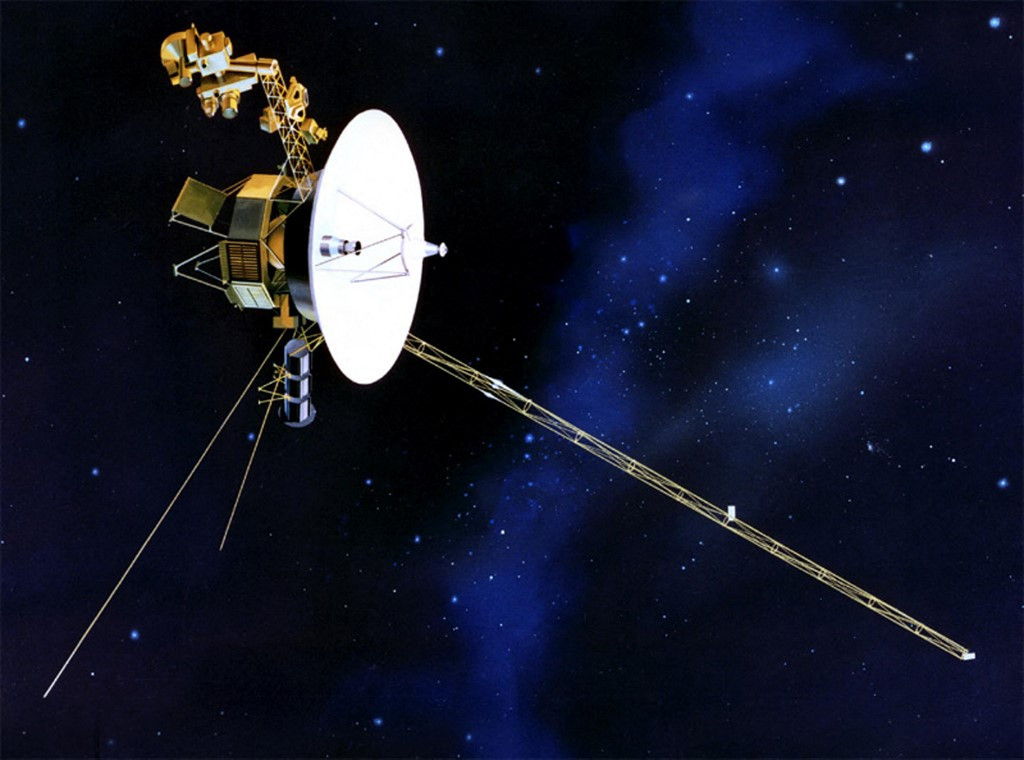ASA's Voyager 1 spacecraft, the most distant man-made object in the universe, is returning useful information to ground control after months of spouting gibberish, the U.S. space agency announced Monday.
The spacecraft stopped sending readable data to Earth on November 14, 2023, even though controllers were able to tell it was still receiving commands.
In March, a team working at NASA's Jet Propulsion Laboratory discovered that a single malfunctioning chip was the culprit and devised a clever coding fix that worked within the tight memory constraints of the 46-year-old computer system. .
“The Voyager 1 spacecraft is returning useful data regarding the health and status of its onboard engineering systems,” the agency said.
“The next step is to allow the spacecraft to send back scientific data.”
Voyager 1, launched in 1977, was the first human spacecraft to enter the interstellar medium in 2012 and is now more than 15 billion miles from Earth. Messages sent from Earth take approximately 22.5 hours to reach the spacecraft.
Its twin, Voyager 2, also left the solar system in 2018.
Both Voyager spacecraft carry the Golden Record, a 12-inch gold-plated copper disc intended to tell extraterrestrials the story of our world.
These include a map of the solar system, a piece of uranium that acts as a radiological clock that allows the recipient to know the date of the spacecraft's launch, and symbolic instructions that tell them how to play the record.
Selected for NASA by a committee chaired by legendary astronomer Carl Sagan, the record's contents include encoded images of life on Earth and music and sounds that can be played using the included stylus. It is included.
Their power banks are expected to run out after 2025. They will then wander the Milky Way in silence, perhaps forever.


